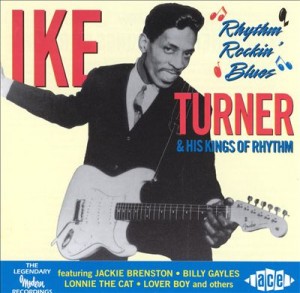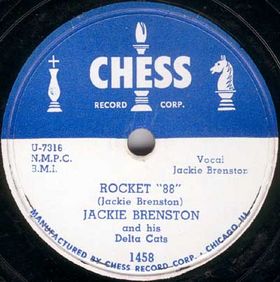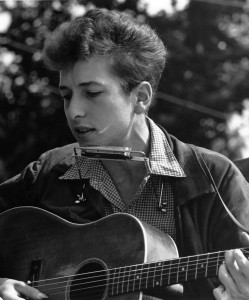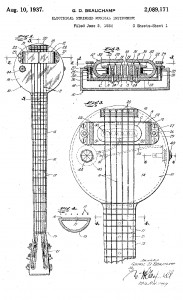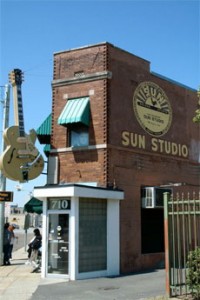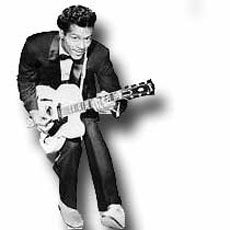Ben E King was an American soul and R&B singer who rose to fame in the 1950s and 1960s. He is best known for his hit song “Stand by Me,” which has become a classic of early rock and roll. Despite his relatively short career, King left a lasting impact on the music industry and remains an important figure in the history of popular music.
King was born in North Carolina in 1938 and grew up in Harlem, New York. He was influenced by gospel music and the sounds of rhythm and blues, which he heard on the radio and in local clubs. He began singing as a teenager and joined a doo-wop group called The Four B’s, which later became The Drifters. King was the lead singer of The Drifters from 1958 to 1960, during which time the group recorded several hit songs, including “There Goes My Baby” and “Save the Last Dance for Me.”

First With thee Drifters
In 1960, King left The Drifters to pursue a solo career. He signed with Atlantic Records and released his first single, “Spanish Harlem,” which became a hit. He followed this with “Stand by Me,” which was released in 1961. The song was written by King, along with songwriters Jerry Leiber and Mike Stoller, and was inspired by a gospel song of the same name. “Stand by Me” became King’s biggest hit, reaching number four on the pop charts and number one on the R&B charts. The song was covered by many artists over the years and has become a classic of early rock and roll.
King continued to release successful records throughout the 1960s, including “Amor” and “Don’t Play That Song (You Lied),” both of which became top 10 hits. He was known for his powerful voice and soulful delivery, and his music was a fusion of gospel, R&B, and pop styles. He was also known for his social and political activism, and he used his music to address issues of race and equality.
One of the First Crossovers
King’s contribution to early rock and roll cannot be overstated. He was one of the first African American artists to have crossover success, and he helped to bridge the gap between R&B and pop music. His songs, such as “Stand by Me,” have become timeless classics and continue to be popular today. His influence can be heard in the music of many contemporary artists, and he remains an important figure in the history of popular music.
In conclusion, Ben E King was a pioneering figure in early rock and roll who left a lasting impact on the music industry. With his powerful voice and soulful delivery, he helped to bridge the gap between R&B and pop music, and his songs continue to be popular today. He remains an important figure in the history of popular music and a true icon of early rock and roll.
